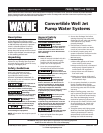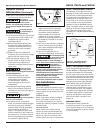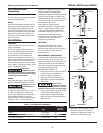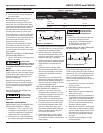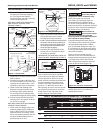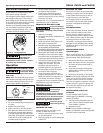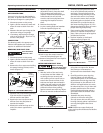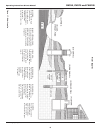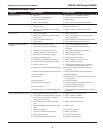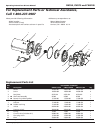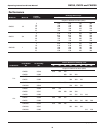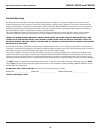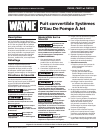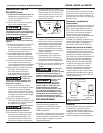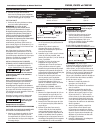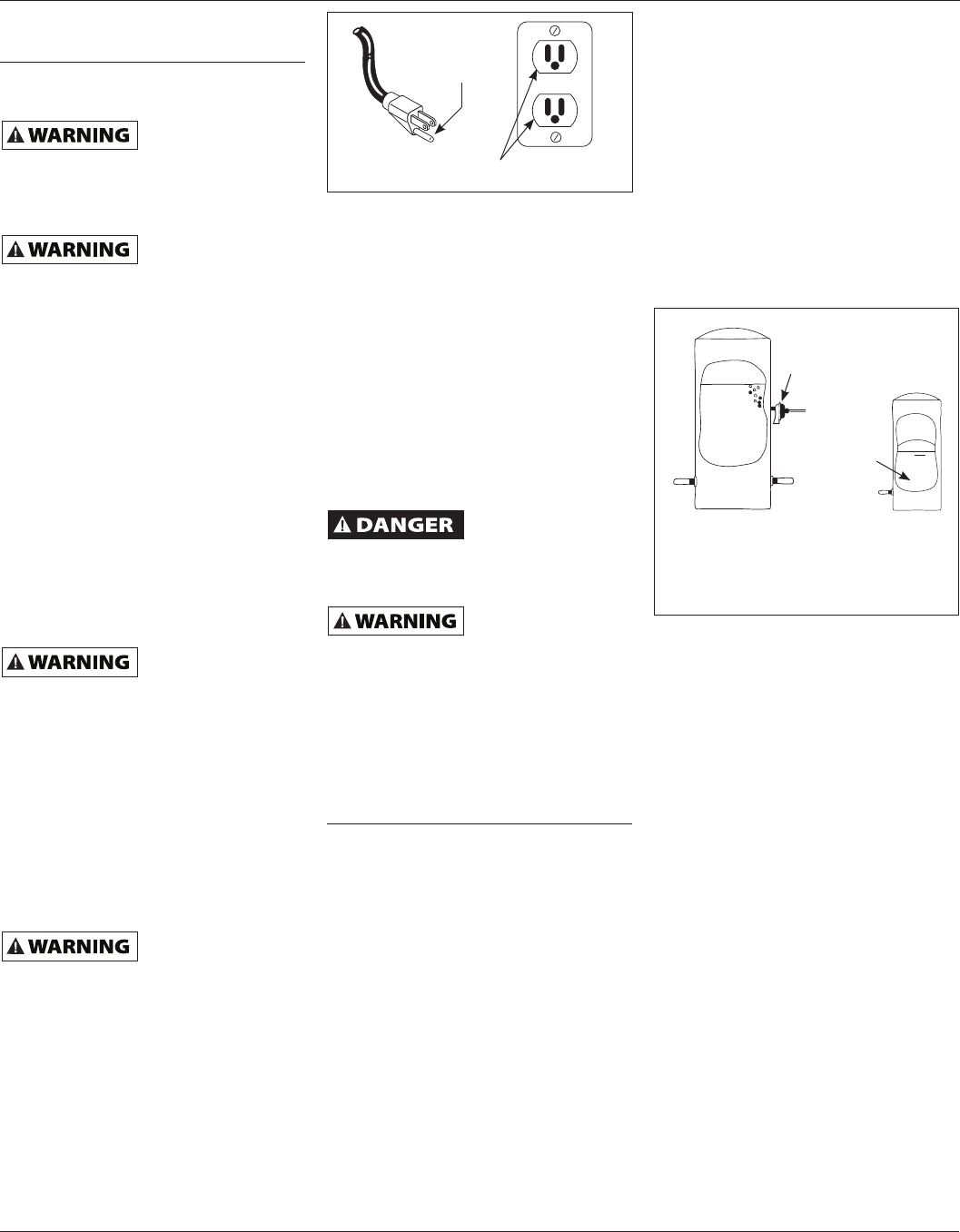
2
Operating Instructions & Parts Manual CWS50, CWS75 and CWS100
www.waynepumps.com
General Safety
Information (Continued)
TANKS - CONVENTIONAL STORAGE
The function of the tank is to store a
quantity of water under pressure. When
full, the tank contains approximately
2/3 water and 1/3 compressed air. The
compressed air forces the water out
of the tank when a faucet is opened.
An air volume control automatically
replaces air lost or absorbed into the
water. The usable water, or draw-down
capacity, of the tank is approximately
1/6 of the tanks total volume when
operated on a “20-40” pressure setting
(Figure 2).
TANKS - PRE-CHARGED STORAGE
A pre-charged storage tank has a
flexible bladder or diaphragm that acts
as a barrier between the compressed
air and water. This barrier prevents the
air from being absorbed into the water
and allows the water to be acted on by
compressed air at initially higher than
atmospheric pressures (pre-charged).
More usable water is provided than
with a conventional type tank. Pre-
charged tanks are specified in terms
of a conventional tank. For example,
a 20 gallon pre-charged tank will have
the same usable water or draw-down
capacity as a 40 gallon conventional
tank, but the tank is smaller in size
(Figure 2).
PRESSURE SWITCH
The pressure switch provides for
automatic operation. The pump starts
when pressure drops to a cut-in setting.
The pump stops when pressure reaches
a cut-out setting.
12.Do not run the pump dry or damage
will occur and will void warranty.
This pump is
designed for indoor
installation only. Failure to install
indoors will significantly increase the
risk of injury or death from electrical
shock.
All wiring should
be performed by a
licensed or certified electrician.
13. For maximum safety, the unit should
be connected to a grounded circuit
equipped with a ground fault
interrupter device.
14. Before installing the pump, have
the electrical outlet checked by a
licensed or certified electrician to
make sure the outlet is properly
grounded.
15. Make sure the line voltage and
frequency of electrical current supply
agrees with the motor wiring.
16. Do not attempt repairs to the
electric motor. All repairs to the
motor must be completed at a
licensed or certified electrical motor
repair shop.
Do not touch an
operating motor.
Modern motors are designed to operate
at high temperatures.
17. Avoid kinking electrical cord
and protect electrical cord from
sharp objects, hot surfaces,
oil and chemicals. Replace or
repair damaged or worn cords
immediately.
18. Keep fingers and foreign objects
away from ventilation and other
openings. Do not insert any objects
into the motor.
Risk of electric
shock! Never
connect the green (or green and yellow
wire) to a live terminal!
19. To reduce the risk of electrical
shock, the pump should be plugged
directly into a properly installed
and grounded 3-prong grounding
type receptacle, as shown in
Figure 1. The green (or green and
yellow) conductor in the cord is the
grounding wire. The motor must be
securely and adequately grounded
for protection against shock.
20. Where a 2-prong is encountered,
replace the plug with a properly
grounded 3-prong receptacle in
accordance with the National
Electrical Code, local codes and
ordinances. To ensure a proper
ground, the grounding means must
be tested by a licensed or certified
electrician.
21. Use only 3-wire extension cords that
have a 3-prong, ground type plug,
and 3-pole receptacles that accept
the equipment plug.
22. Use wire of adequate size to
minimize voltage drop at the motor.
Do not handle pump
or pump motor with
wet hands, when standing on a wet
or damp surface or when standing in
water. Fatal electrical shock could occur.
Pump motor is
equipped with an
automatic resetting thermal protector
and may restart unexpectedly. Protector
tripping is an indication of motor
overloading because of operating pump
at low heads (low discharge restriction),
excessively high or low voltage,
inadequate wiring, incorrect motor
connections or defective motor or pump.
Pre-Installation
WATER SUPPLIES
The water supplies illustrated in Figure
26 are possible sources for water. These
water supplies can be divided into two
categories:
SURFACE WATER
Water from a lake, stream, pond and
cistern. This water is usually not fit
for human consumption, but may be
suitable for washing, irrigation or other
household uses.
GROUND WATER
Water found in the water bearing
stratum at various levels beneath the
earth. Of all the fresh water found on
earth only 3 percent is found on the
surface and 97 percent is underground.
TEST
RESET
Figure 1
Grounded Pin
Grounded Outlet
Figure 2 - Conventional and
Pre-charged Storage Tanks
Air Volume
Control
Conventional
Tank
Pre-charged
Tank
Bladder



